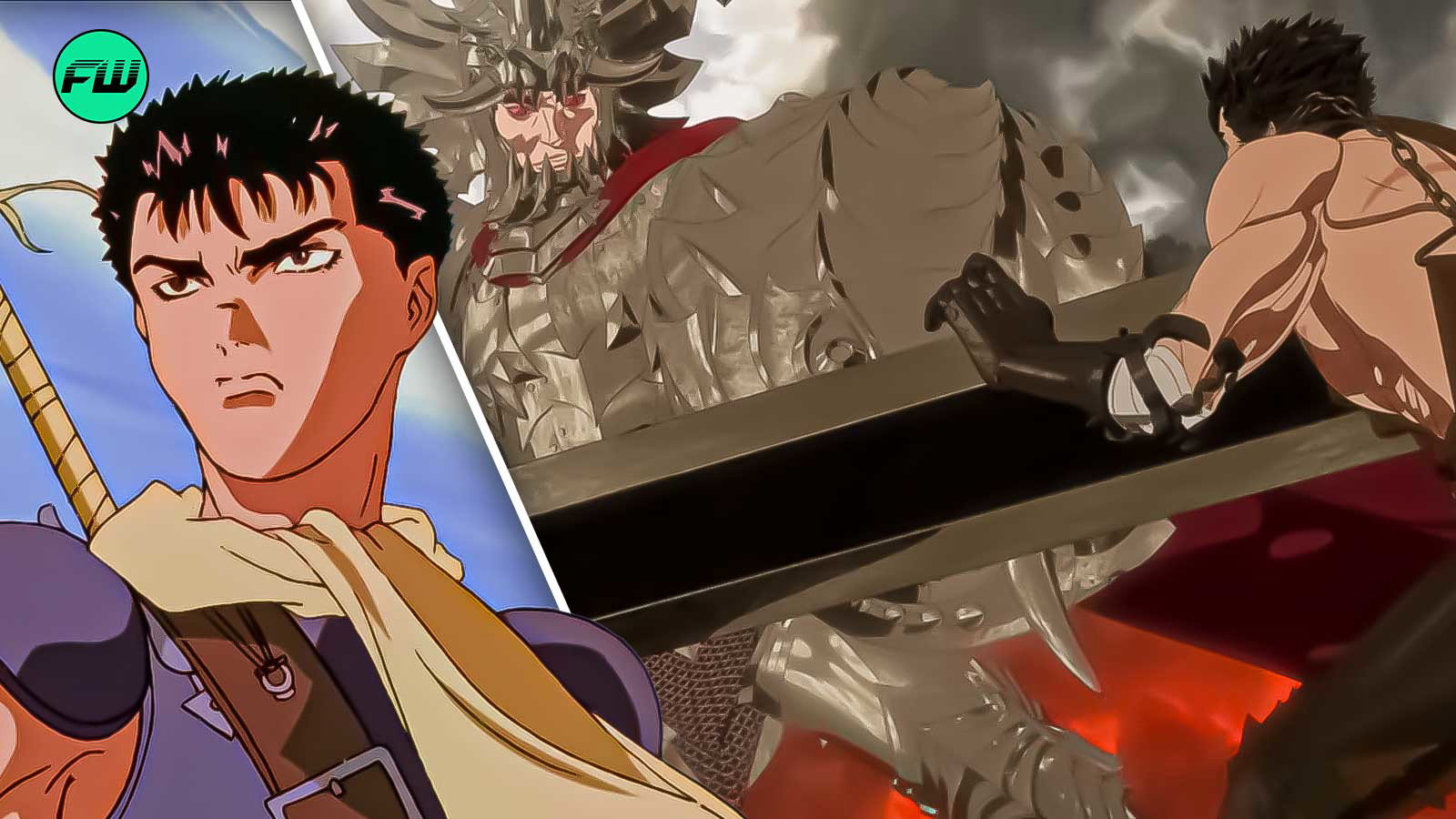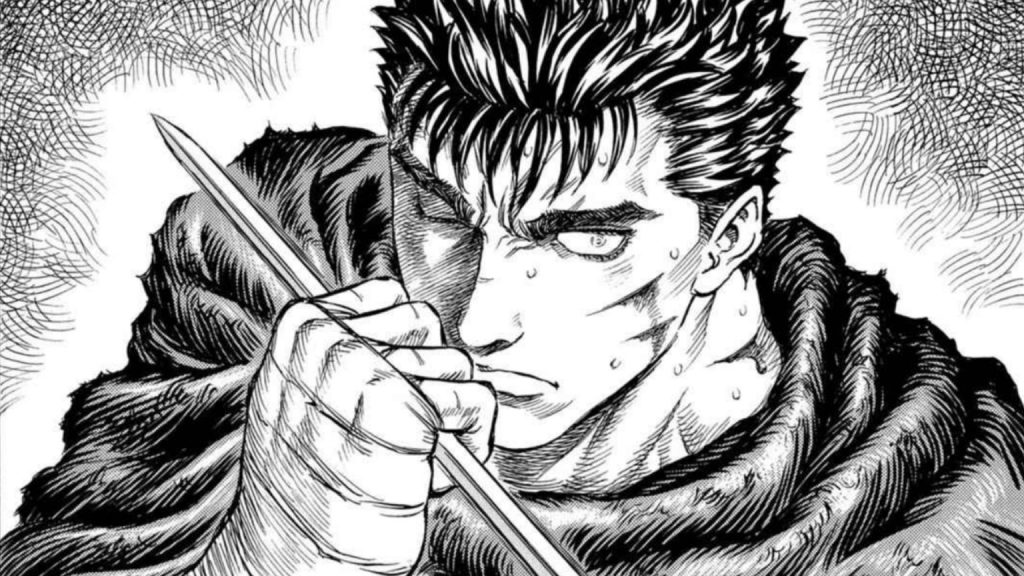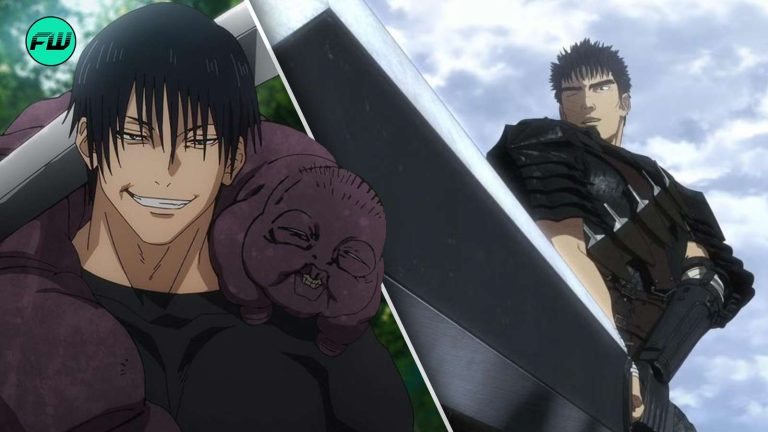“It ends up being a failure”: Kentaro Miura’s Advice for Action Scenes Is Something All Shonen Writers Need to Know

The king of the dark fantasy genre, Berserk has been reigning supreme in the manga industry for quite some time now. Although the creator of the series, Kentaro Miura, is no longer with us, his work continues to inspire up-and-coming manga artists who want to make a name for themselves within the manga industry. However, Berserk is known for more than the dark elements.

One of the main reasons why Berserk is such a massive success within the community is the beauty of the action scenes within the series. They are quite clear and offer a decent understanding of how the battle is going on without causing much commotion. And the perfect example of this is Guts, the protagonist of Berserk, and his duels against some of the most vile villains.
A few years ago, during a special interview, Miura explained his tactics behind drawing action scenes for his manga and how they affect the story. He even explained how he draws Guts’ swordplay that fits perfectly with his way of making action sequences. It is one of the most significant pieces of advice that manga creators need to take note of.
Kentaro Miura’s advice for creating action scenes
During the release of the fifth volume of Hell’s Paradise, Yuji Kaku had a special discussion with Miura about their individual works and their process for creating them which was published by Shonen Jump. While talking about Berserk, Miura revealed his secret behind creating action scenes in the Berserk manga series that essentially steal the show most of the time.
Miura stated:
But on the other hand, there are also stories where the impact is lost because there are too many cards in your hand, and it ends up being a failure. To avoid that, I’ve been saying this here and there, so you may have heard it before… (laughs), but the thing I’m most careful about when it comes to action, for example, is “lies that seem possible.”
Miura explained that he understands how embedding every aspect of your drawing could affect the manga, especially in the case of action scenes. Thus, he tries to make it look realistic by creating lies that seem possible.

He further pointed out that by making them look practicable, he manages to make a connection with the readers who then empathize with the character and understand his point of view during the action scene.
Kentaro Miura used his advice in Guts’ swordplay
While talking about the action scenes in Berserk, Kentaro Miura revealed that he has always used the same technique while creating fight sequences in the manga. The biggest example of this is Guts and his giant sword, the Dragonslayer. Miura pointed out that he is not a master swordsman, which is why he made Guts’ swordplay look more raw and blunt.

Miura stated:
I’m not a master swordsman or anything, and I’m not an expert on kendo. But I draw swordplay. I’m not an expert, so if I drew a manga that delved into my knowledge, I’d be exposed, and there are so many more amazing people out there, so I thought I wouldn’t be able to compete like that. So I was careful not to make a manga that depicts the offense and defense of swords.
Miura understood that if he added extra substance to Guts’ swordplay, he would get exposed as he didn’t have any knowledge about it. Thus, he made sure that the manga didn’t depict any major offensive and defensive aspects of swordsman skills.
He went on to explain that the swordsmen and a monster with a sword are completely different. People can empathize with the lie of Guts being a monster (symbolically) as long as his swordsmanship seems possible in Berserk.
Berserk manga is available to read on Dark Horse.
This post belongs to FandomWire and first appeared on FandomWire




